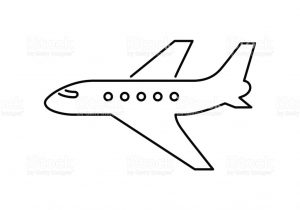

It is on this second, nontechnical level where the controversies lie. This approach exists not on the level of numbers and equations but rather on the level of concepts and principles that are familiar and intelligible to nonspecialists. The objective of the nontechnical approach is to give us an intuitive understanding of the actual forces and factors that are at work in holding an airplane aloft. There is a second, nontechnical level of analysis that is intended to provide us with a physical, commonsense explanation of lift. The objective of technical mathematical theory is to make accurate predictions and to project results that are useful to aeronautical engineers engaged in the complex business of designing aircraft.īut by themselves, equations are not explanations, and neither are their solutions.

There is little, if any, serious disagreement as to what the appropriate equations or their solutions are. One exists as a strictly mathematical theory, a realm in which the analysis medium consists of equations, symbols, computer simulations and numbers. They are complementary rather than contradictory, but they differ in their aims. Why should it be so hard for scientists to explain what keeps birds, and airliners, up in the air?Īdding to the confusion is the fact that accounts of lift exist on two separate levels of abstraction: the technical and the nontechnical. After all, the natural processes of evolution, working mindlessly, at random and without any understanding of physics, solved the mechanical problem of aerodynamic lift for soaring birds eons ago. At this point in the history of flight, this situation is slightly puzzling. People give different answers to the question, some with “religious fervor.” More than 15 years after that pronouncement, there are still different accounts of what generates lift, each with its own substantial rank of zealous defenders. “There is no simple one-liner answer to this,” he told the Times.

What Anderson said, however, is that there is actually no agreement on what generates the aerodynamic force known as lift. Anderson, Jr., curator of aerodynamics at the National Air and Space Museum and author of several textbooks in the field. In December 2003, to commemorate the 100th anniversary of the first flight of the Wright brothers, the New York Times ran a story entitled “Staying Aloft What Does Keep Them Up There?” The point of the piece was a simple question: What keeps planes in the air? To answer it, the Times turned to John D.


 0 kommentar(er)
0 kommentar(er)
